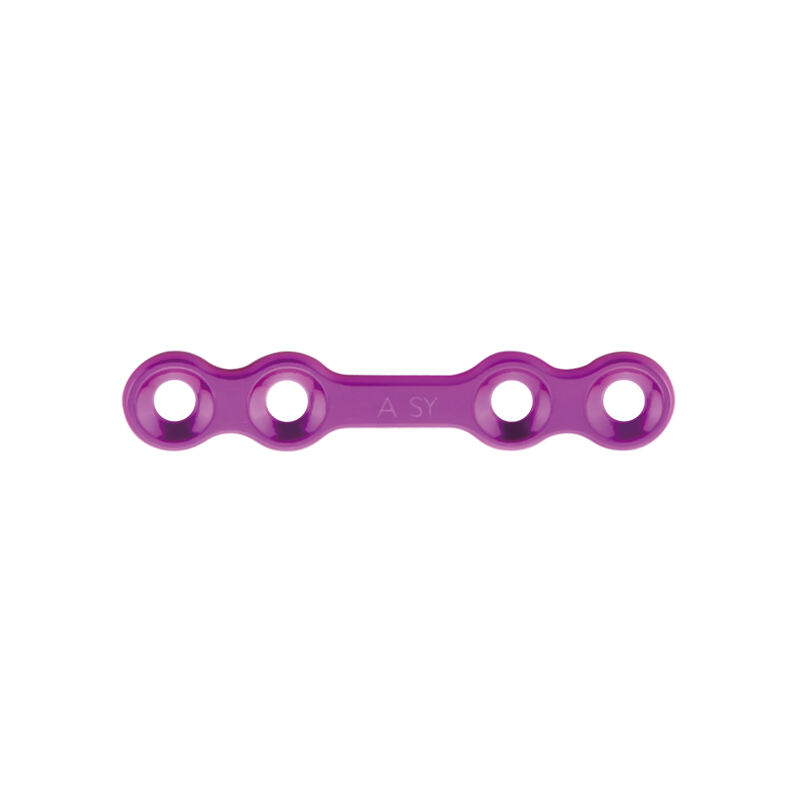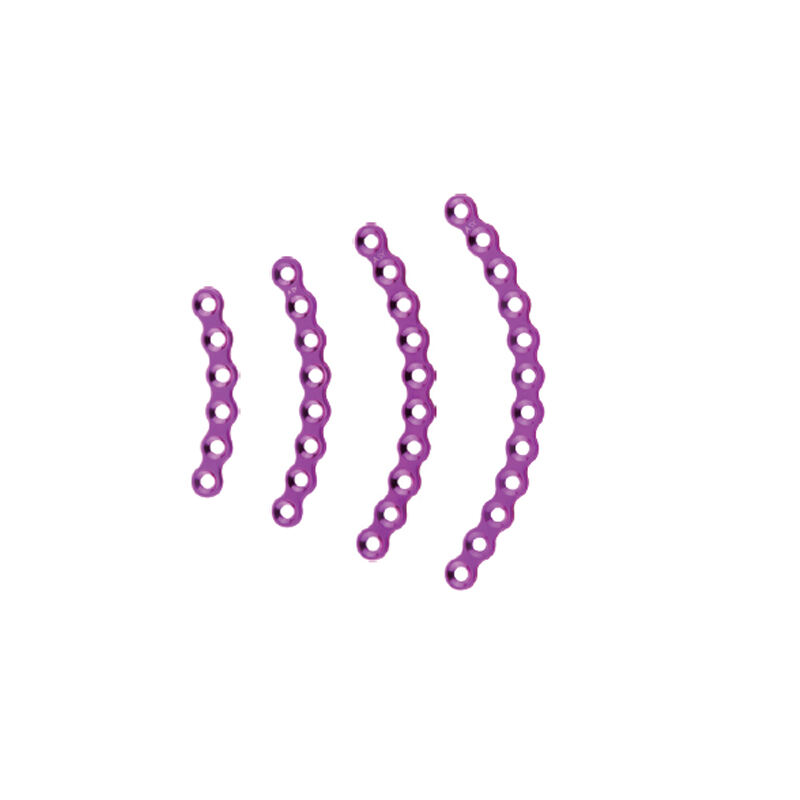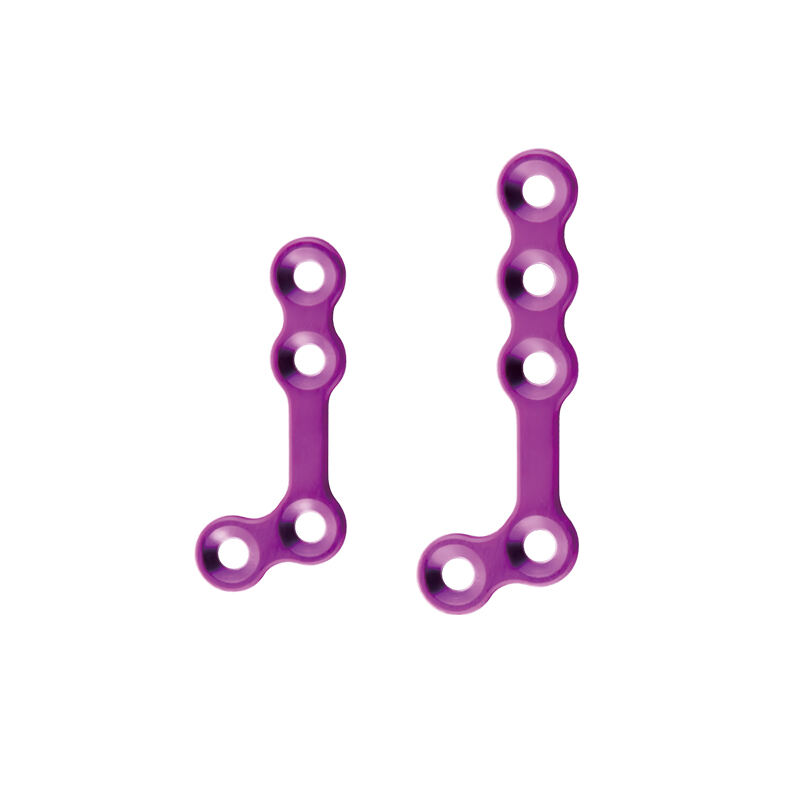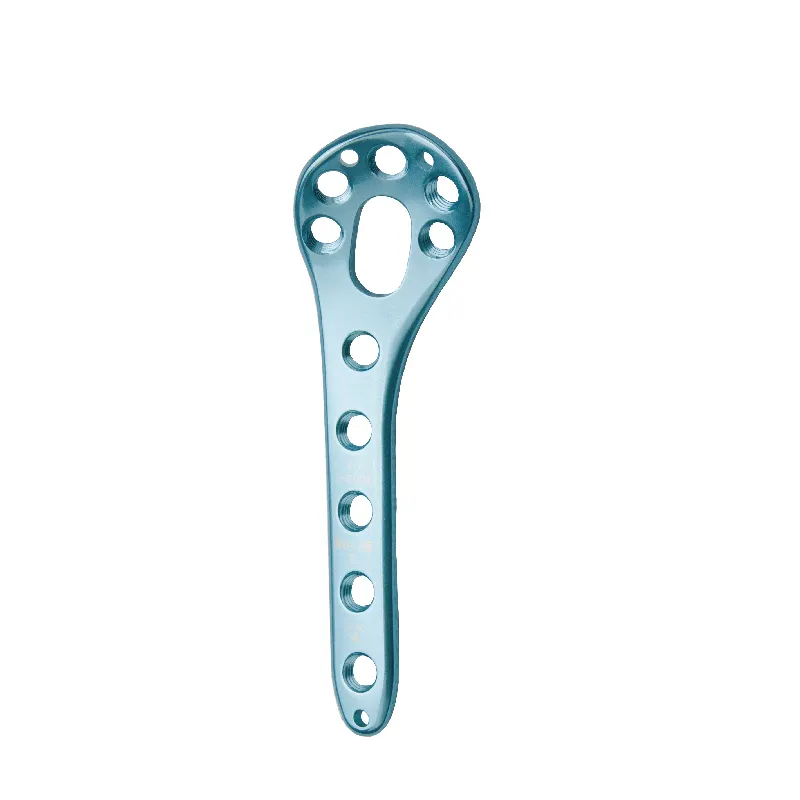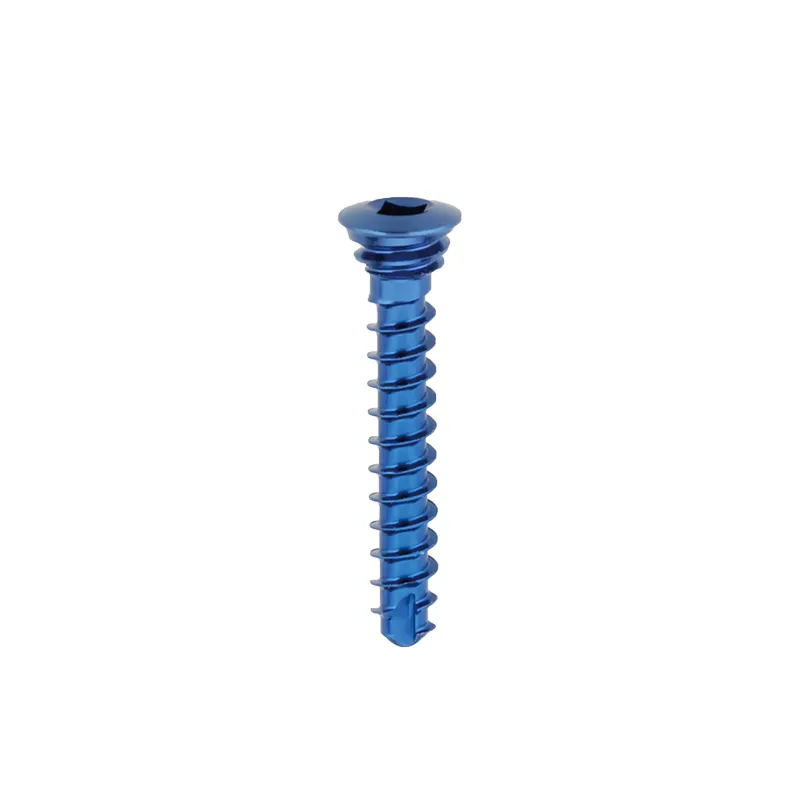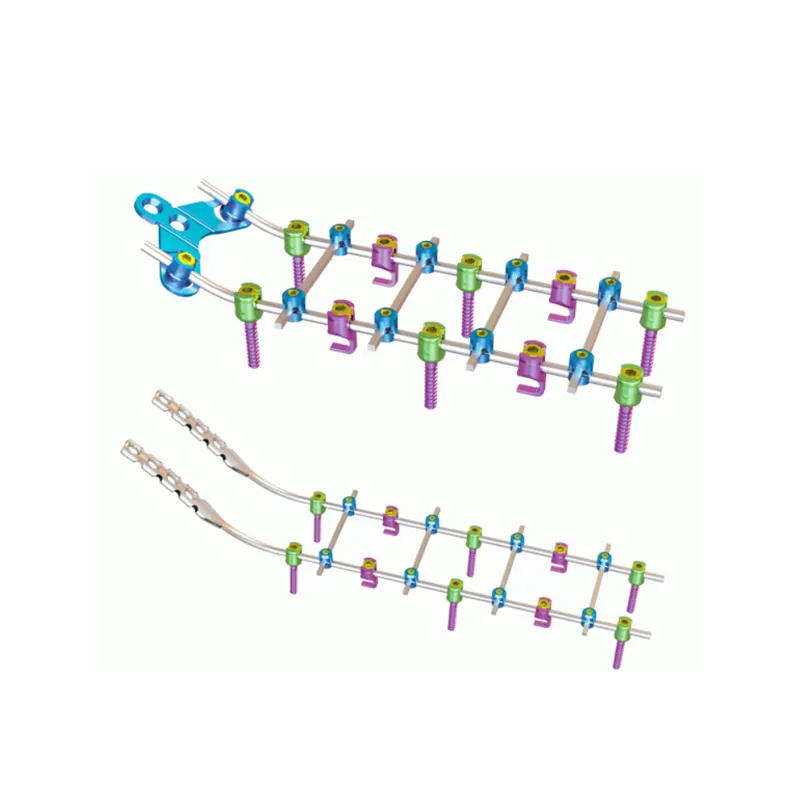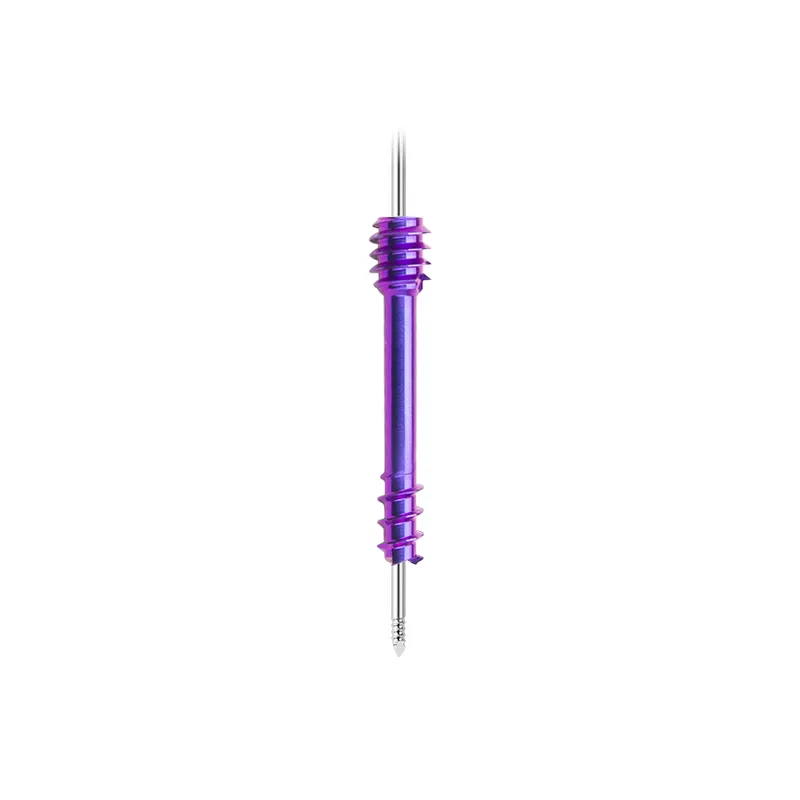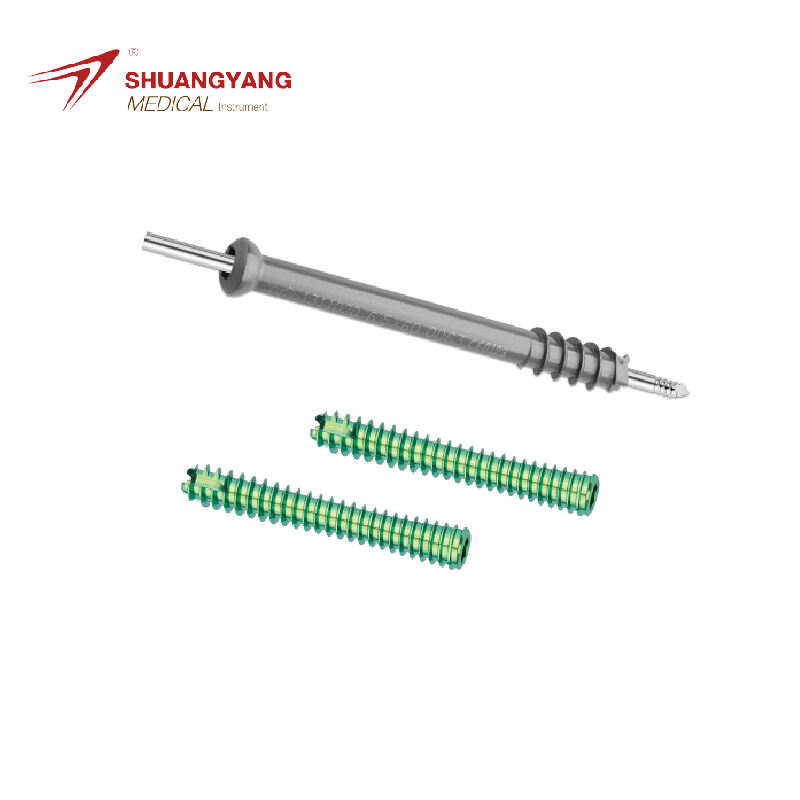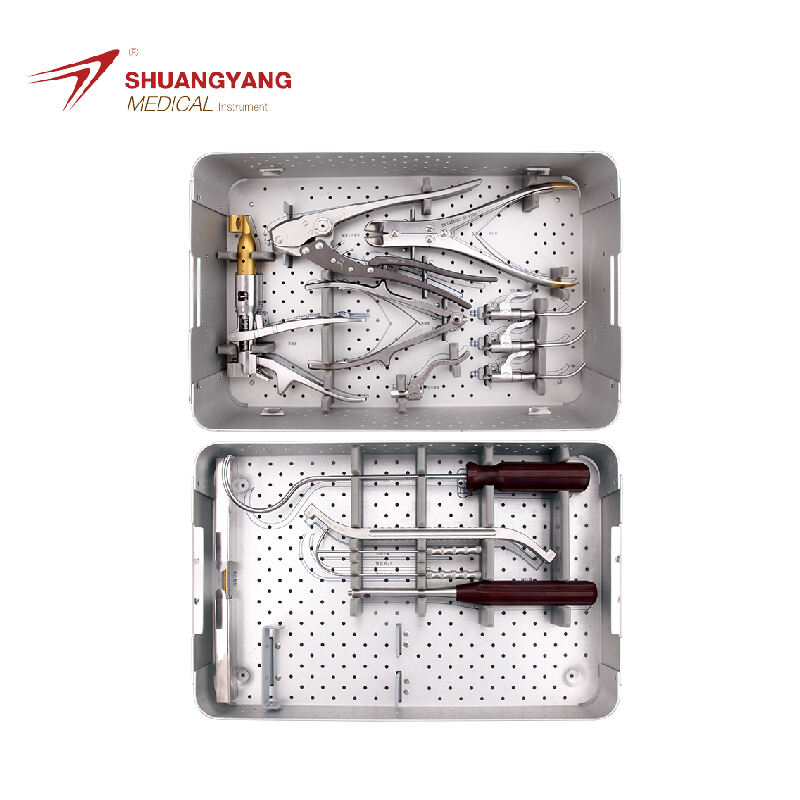lumbar disc fusion
Lumbar disc fusion is a surgical technique designed to alleviate chronic back pain caused by degenerative discs, disc herniation, or other abnormalities in the lumbar spine. This procedure involves the combination of two or more vertebrae, typically achieved by inserting bone grafts, rods, and screws to stabilize the spine. The main functions of lumbar disc fusion are to reduce pain, improve spinal stability, and maintain the spine's integrity. Technological advancements in this field include the use of minimally invasive techniques, biocompatible materials, and 3D imaging for precise placement. Applications of lumbar disc fusion are widespread, from addressing age-related wear and tear to correcting traumatic injuries, making it a vital option for patients who have not responded to conservative treatments.
 EN
EN
 FR
FR
 ES
ES
 AR
AR


